
Asemic writing
Asemic writing is a non-concrete abstract writing style that until this time is still not fully explored. This style combines in itself past and future of the history of writing, from rock inscriptions to xenolinguistics. Asemic writing is a non-verbal open semantic form of writing that is understandable to all people aside of their nationality or language. Using this style, you can visually show emotions that cannot be described with words. Also in this style not a verbal statement but esthetics and intuitive visualization comes first. The word "asemic" means "have no special content".
Works in this style are most often abstract calligraphy or drawings that look like a lettering.
I have always been interested in experimental design, non-standard unusual forms. When it came time to choose a topic for
my graduate work at Hochschule Düsseldorf University of Applied Sciences, I searched a lot for experimental typography.
I was interested in the handwriting of people, their psychology and character, and how this all affects the result of the created work. During my search, I came across Mirtha Dermisache, a Argentine artist who created a series of asemic books. I was impressed and I began to work in this direction.
Sadly, there is almost no information on the Internet and I had to literally collect bites from different sources to put my research and my insides to one piece. Todays history of asemic writing begins with two Chinese calligraphers who first wrote abstract calligraphy. This technique was also often used by abstract artists, for example, in Pollock’s works it is very clearly visible.
Asemic writing is a very wide topic and includes not only art but also sciences as stenography, semiotics as well as rhythm, emotions and the mental state of a person.
I have collected all my theoretical work and creative experiments into one book.
Any material may be used only with the consent of the author.
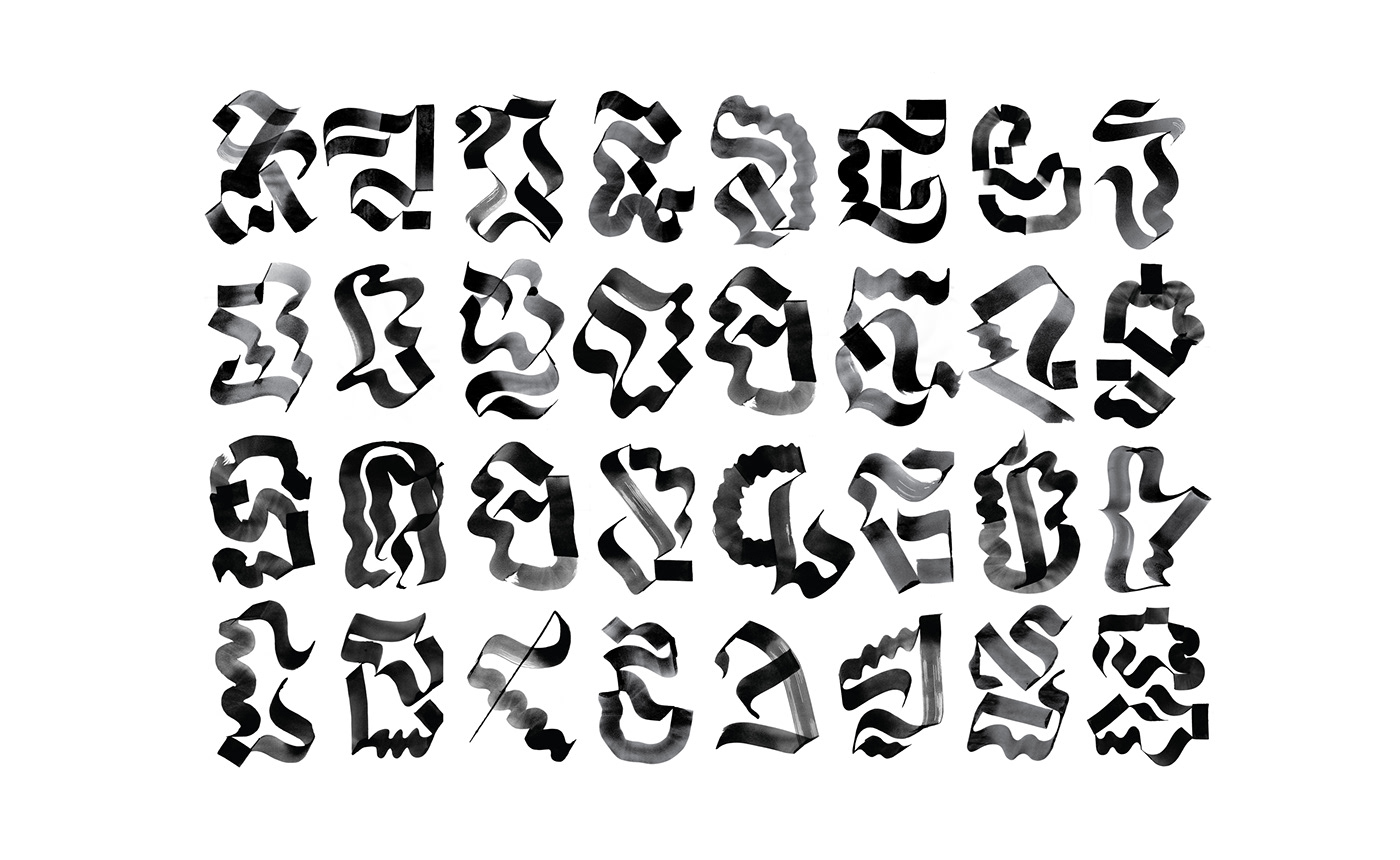
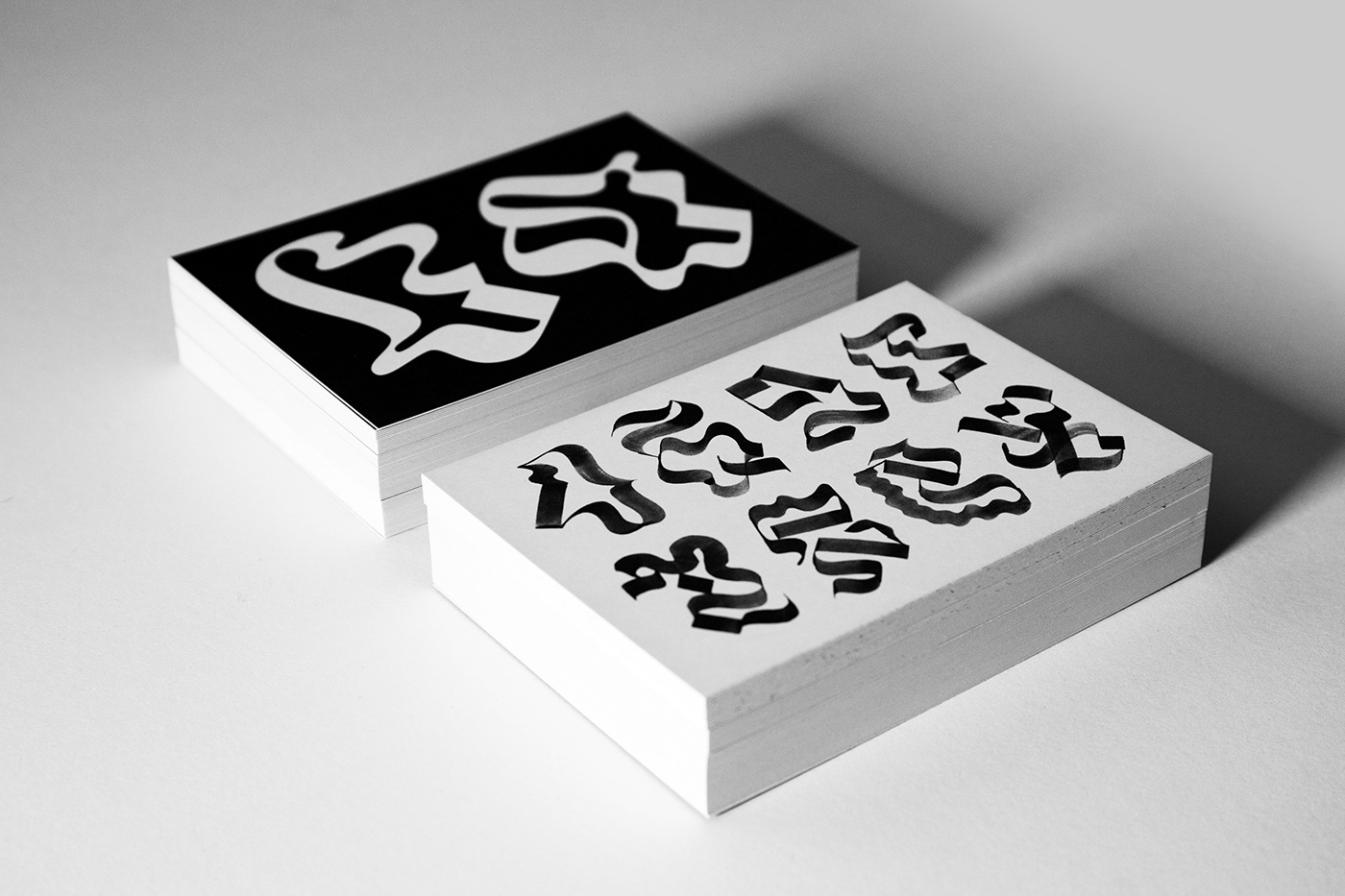
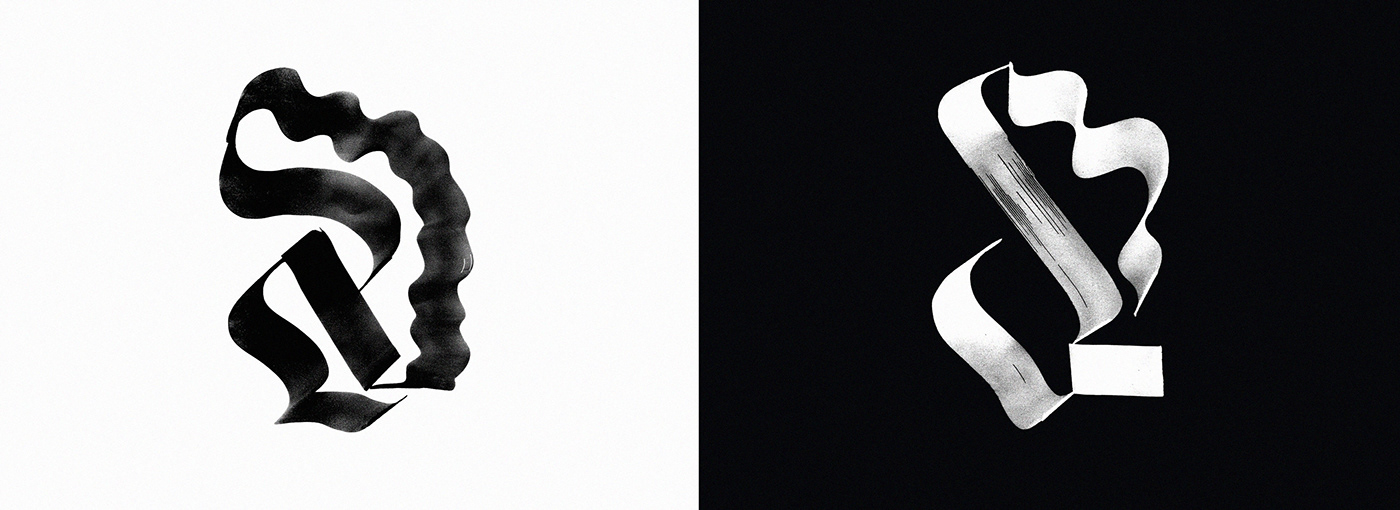
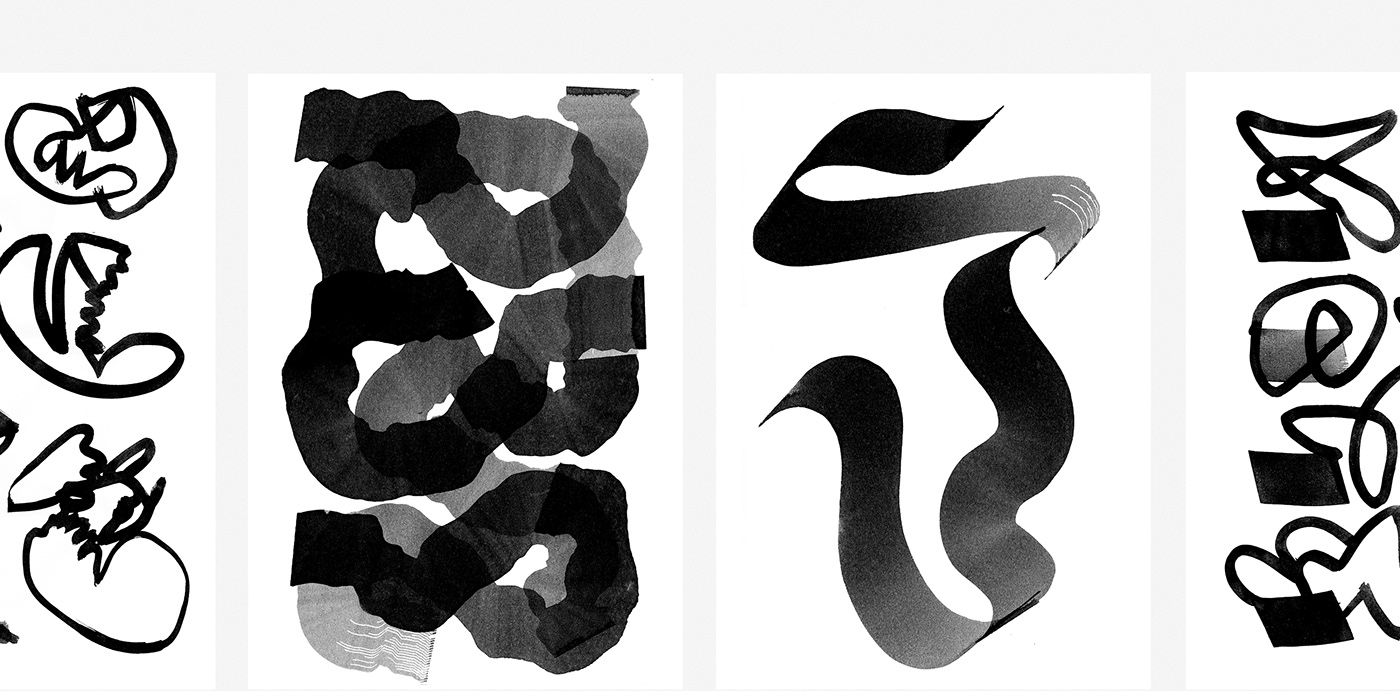
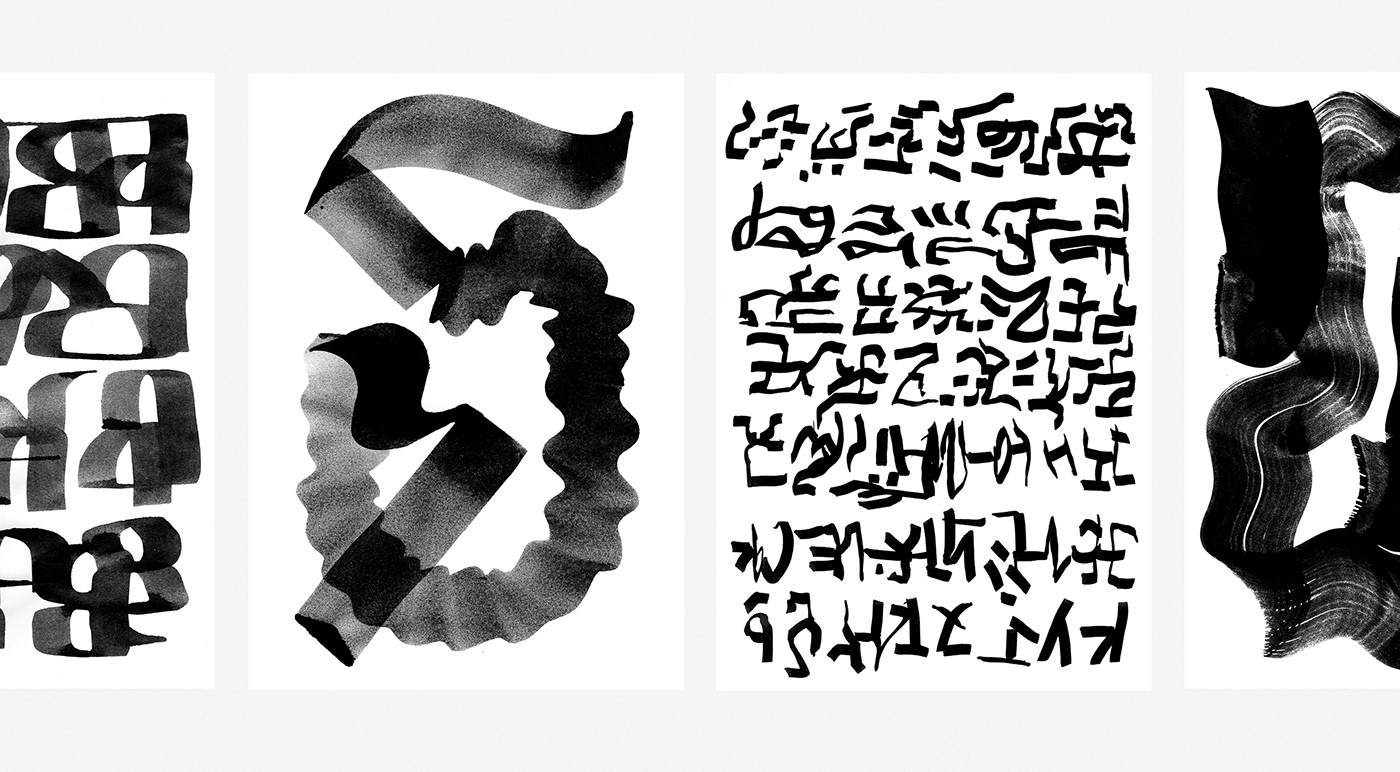
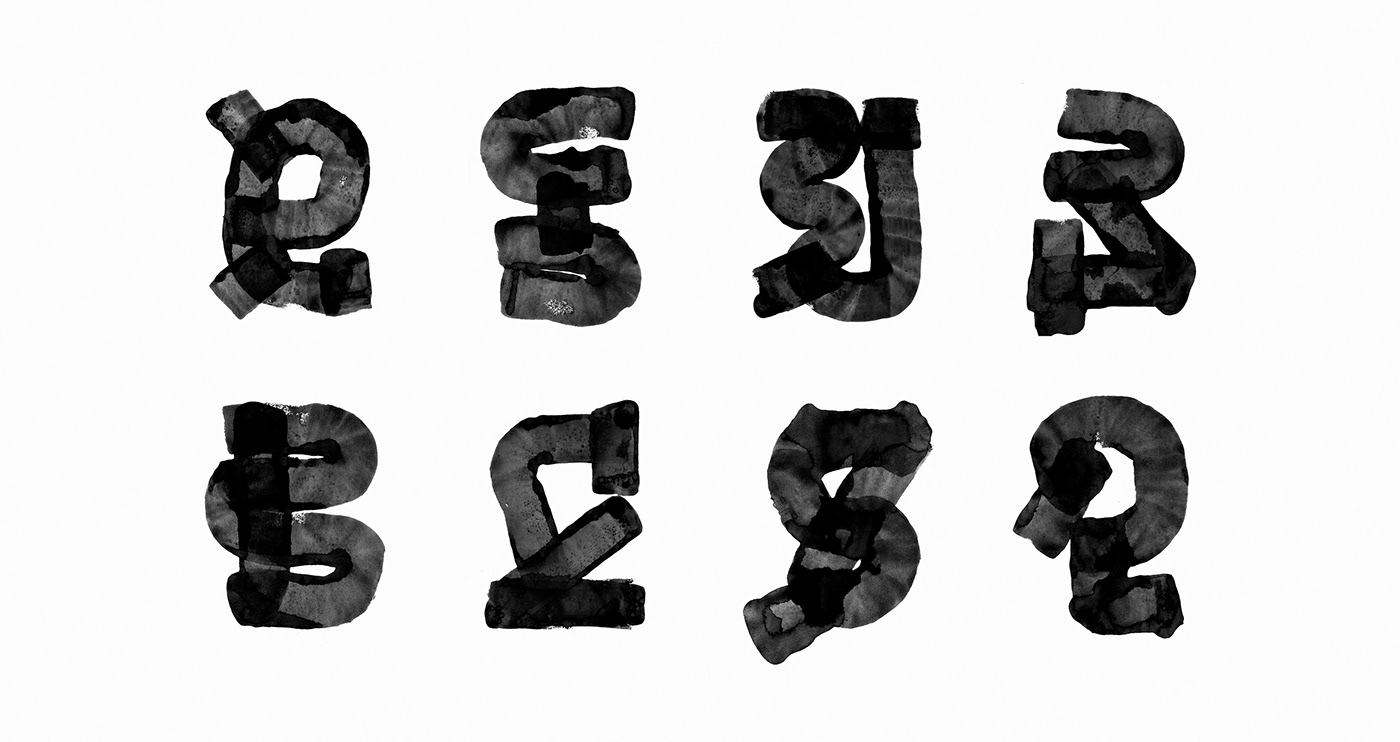
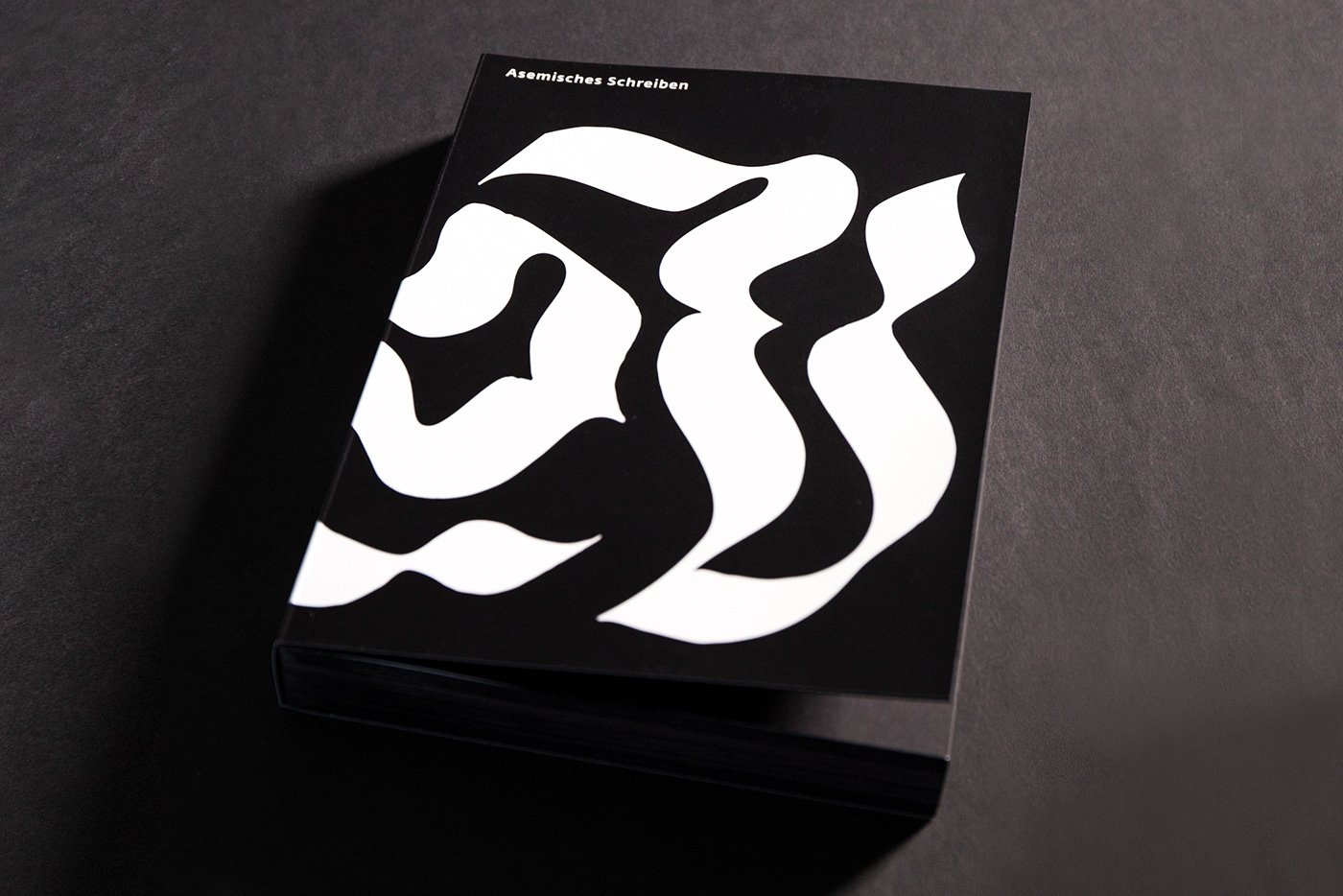
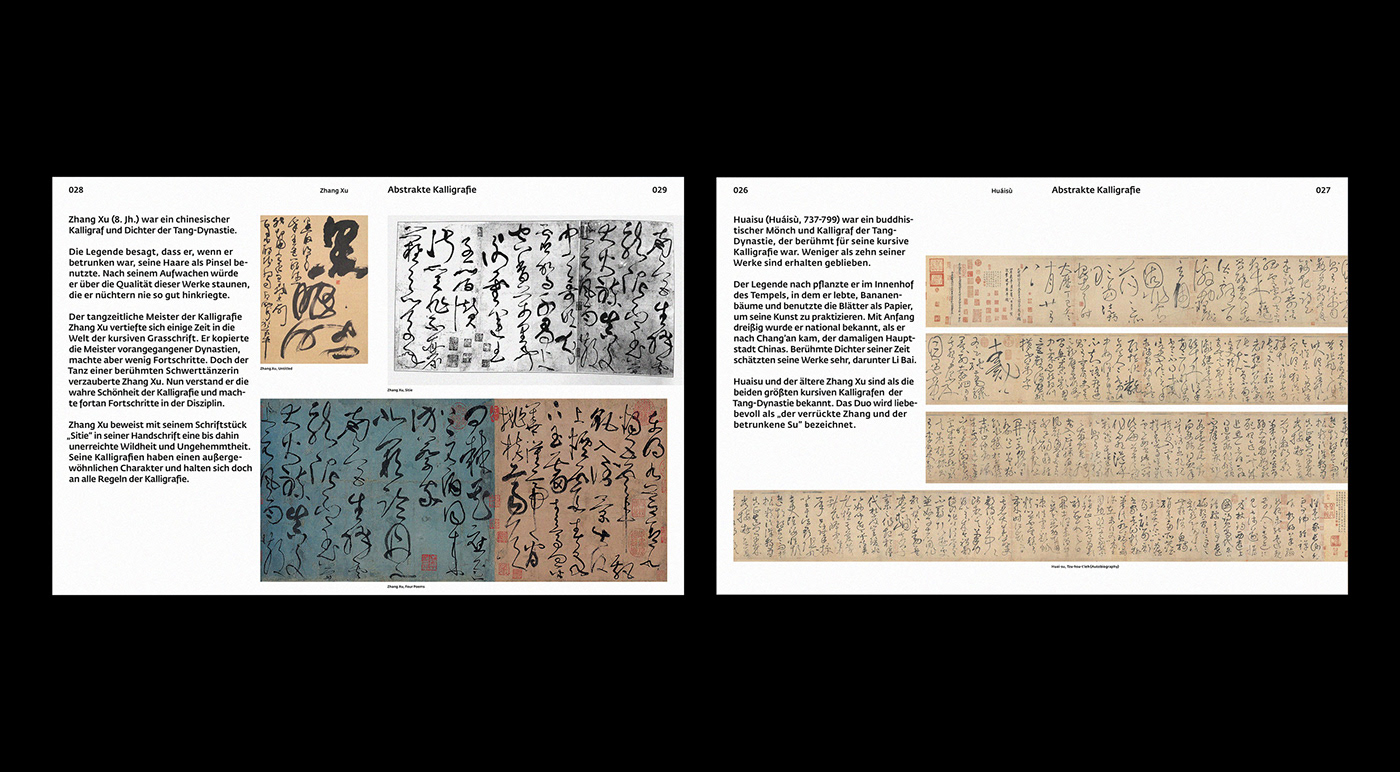
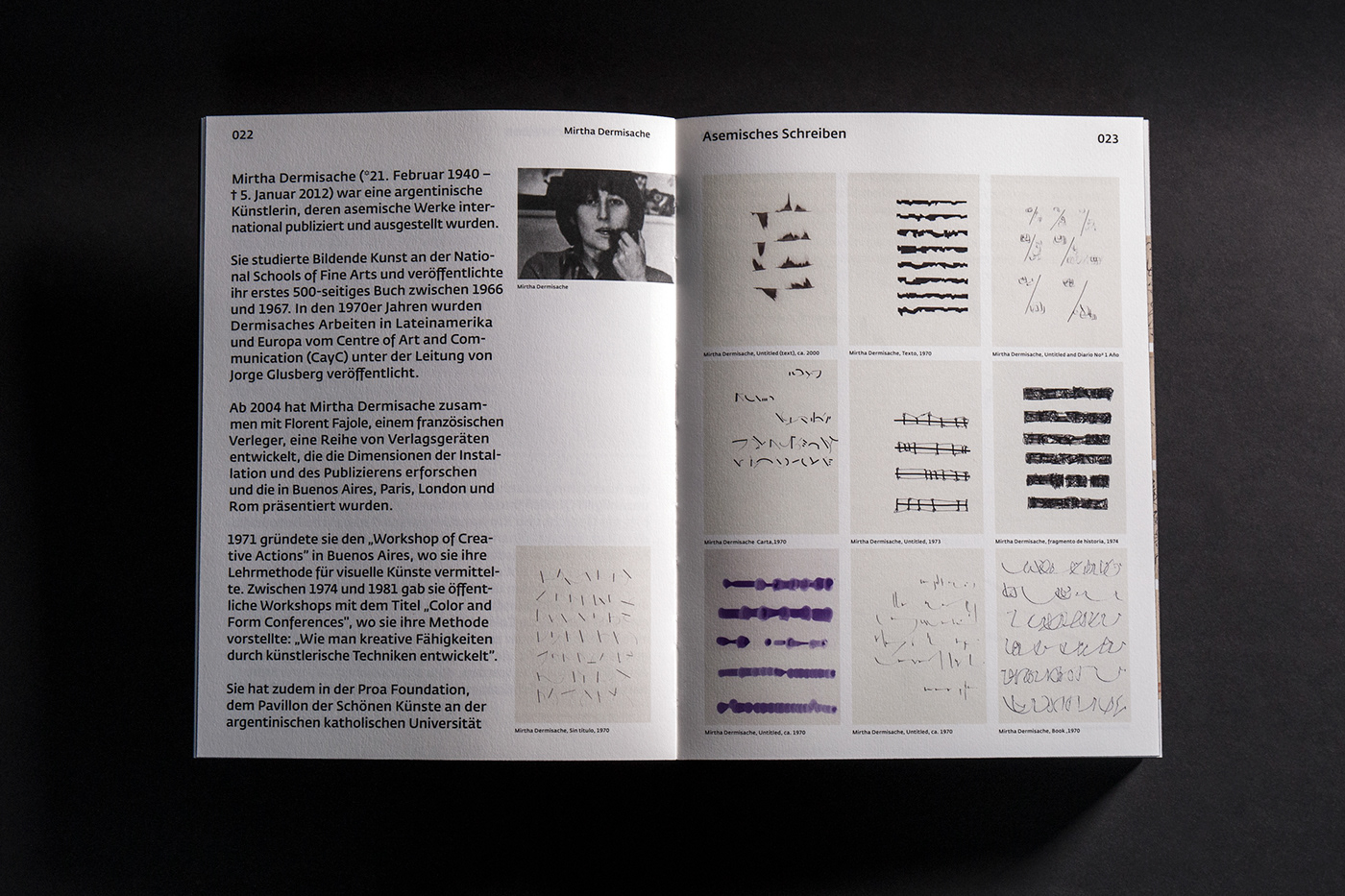

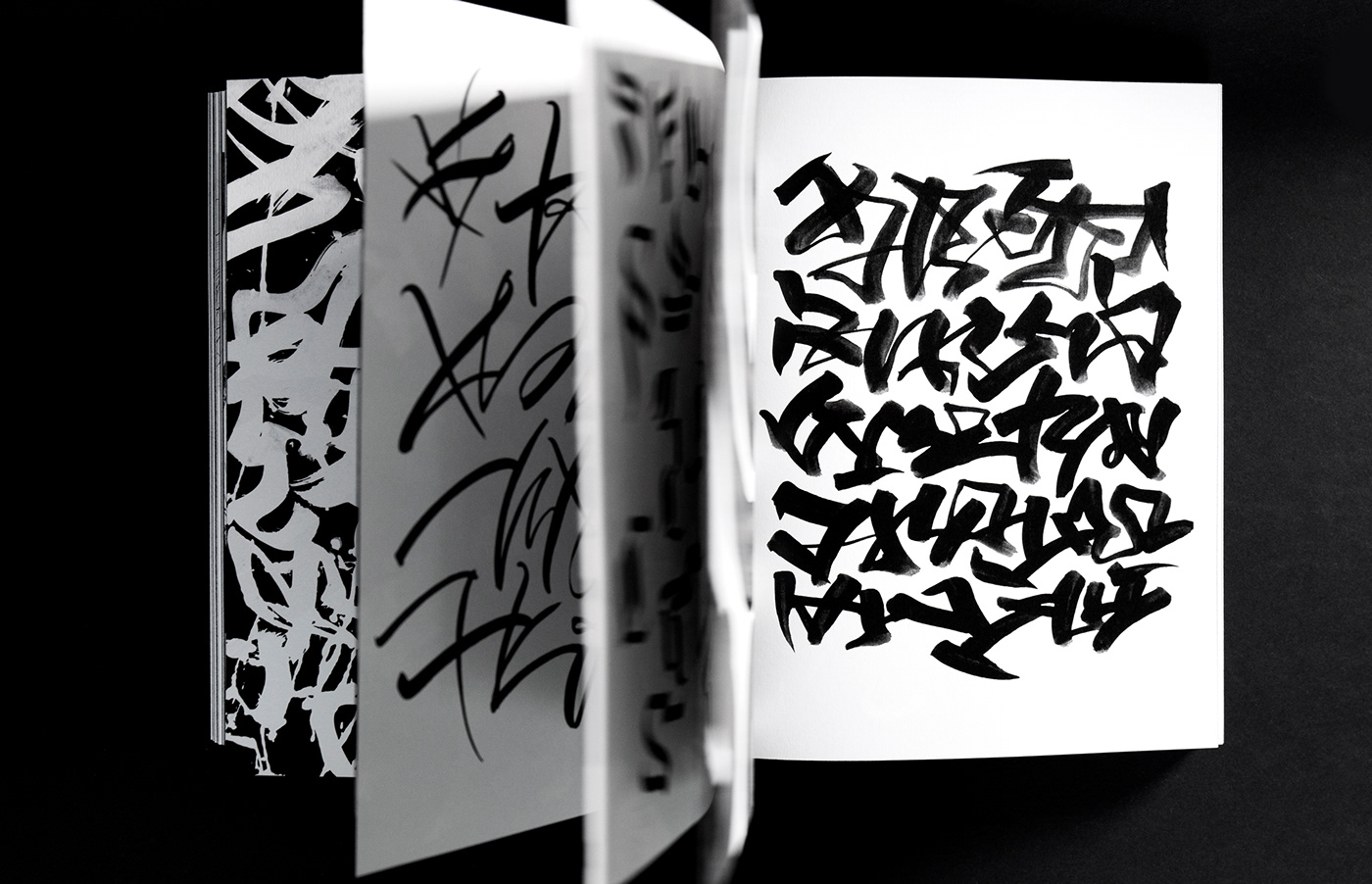
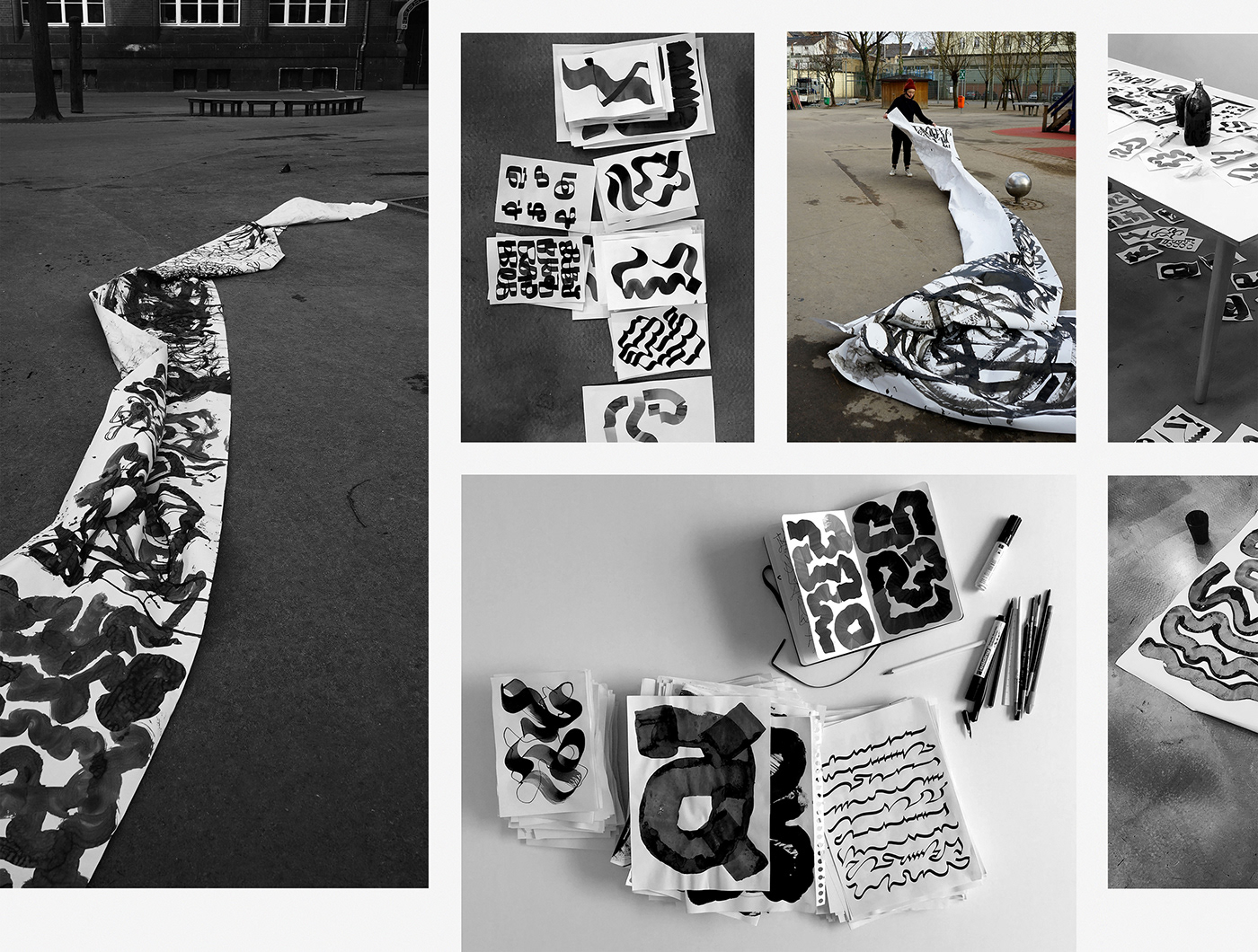
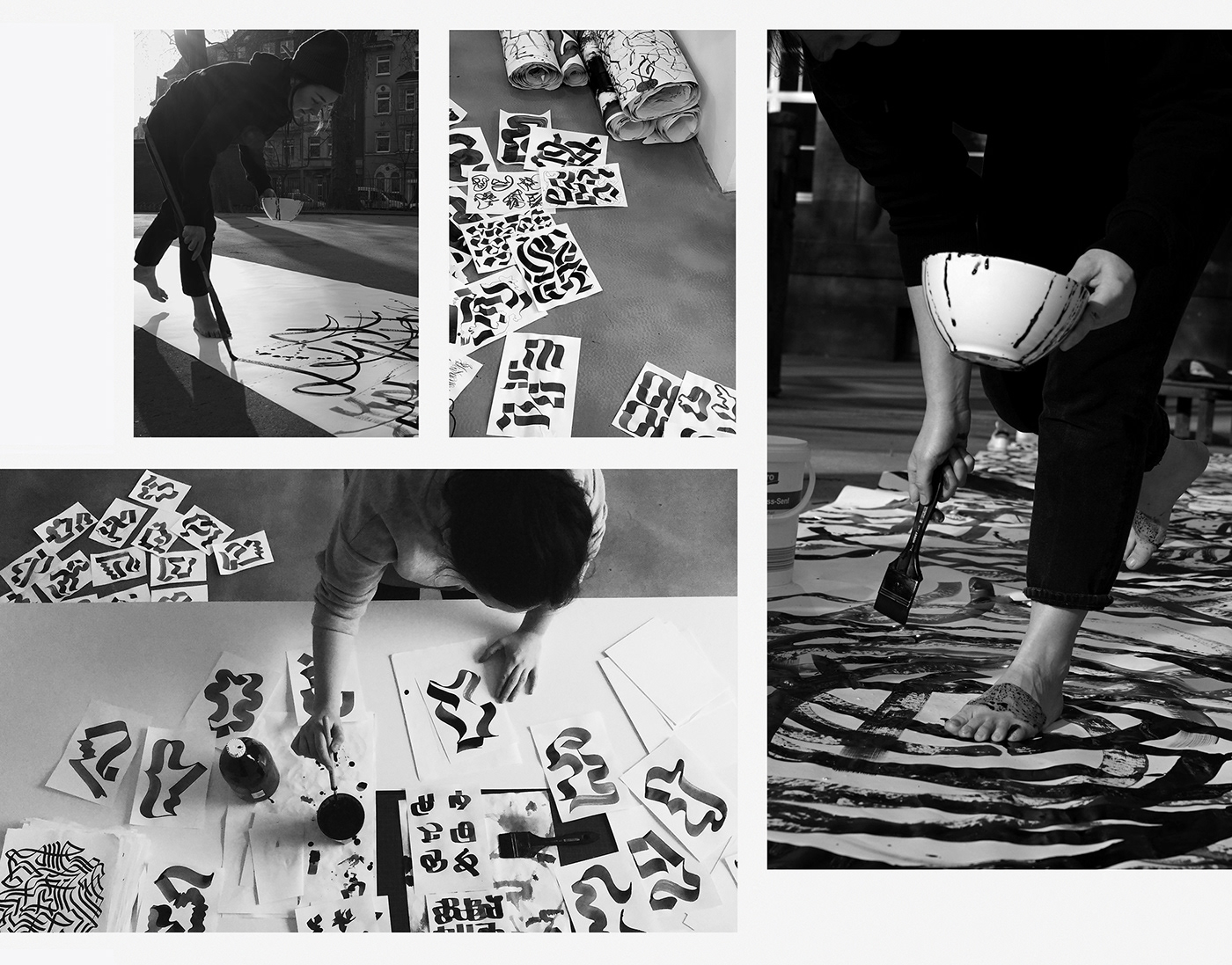
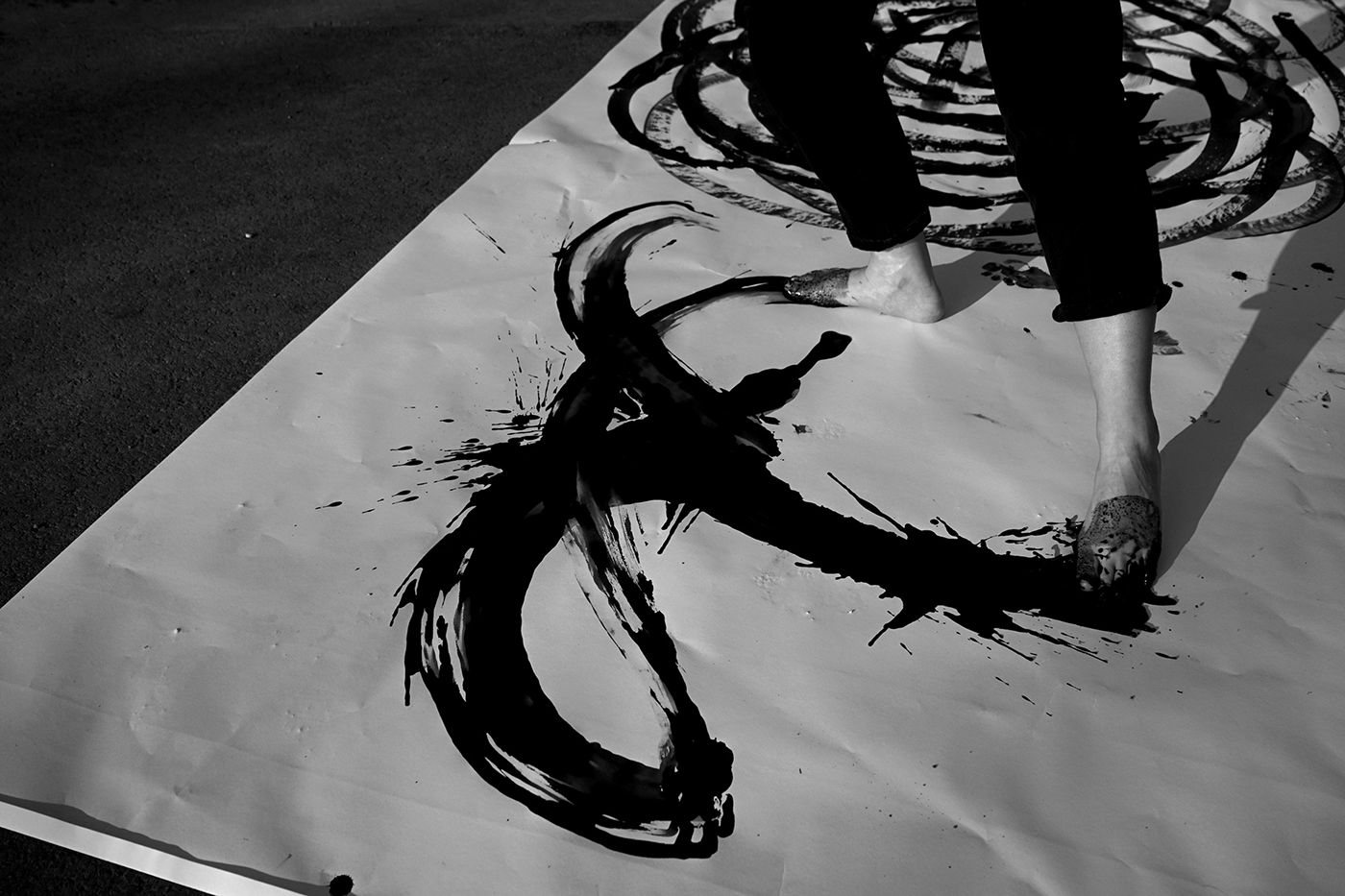
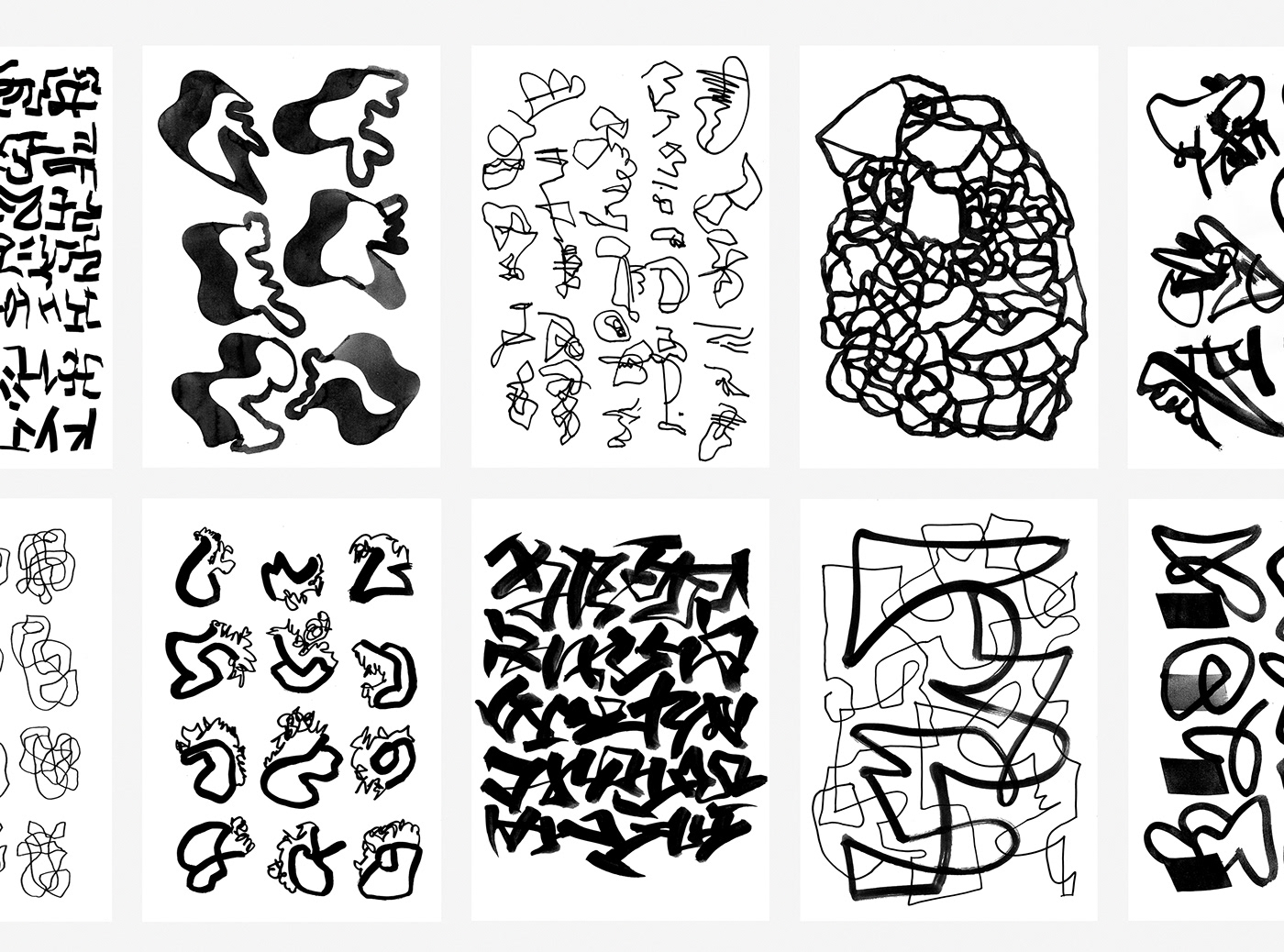
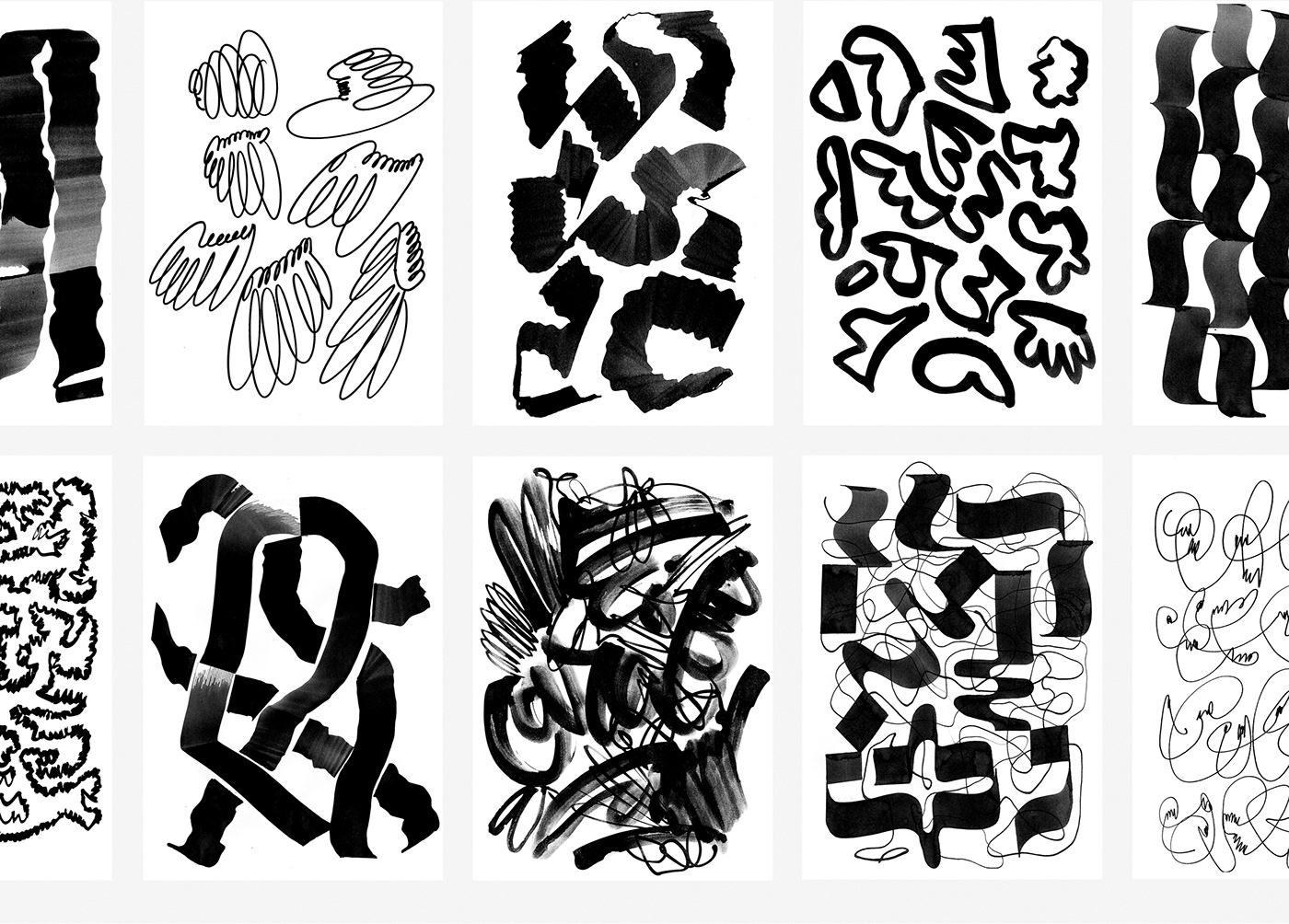
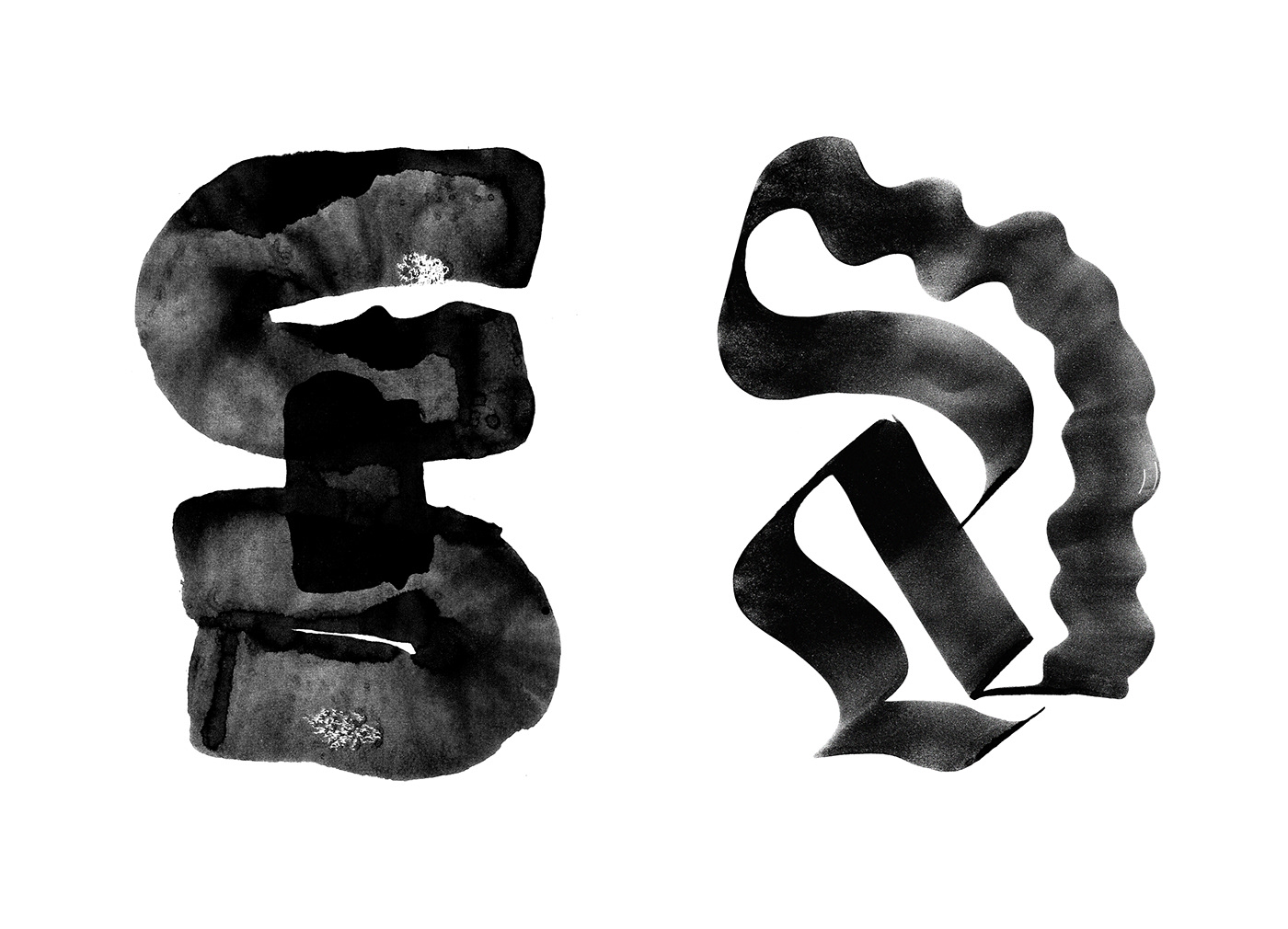
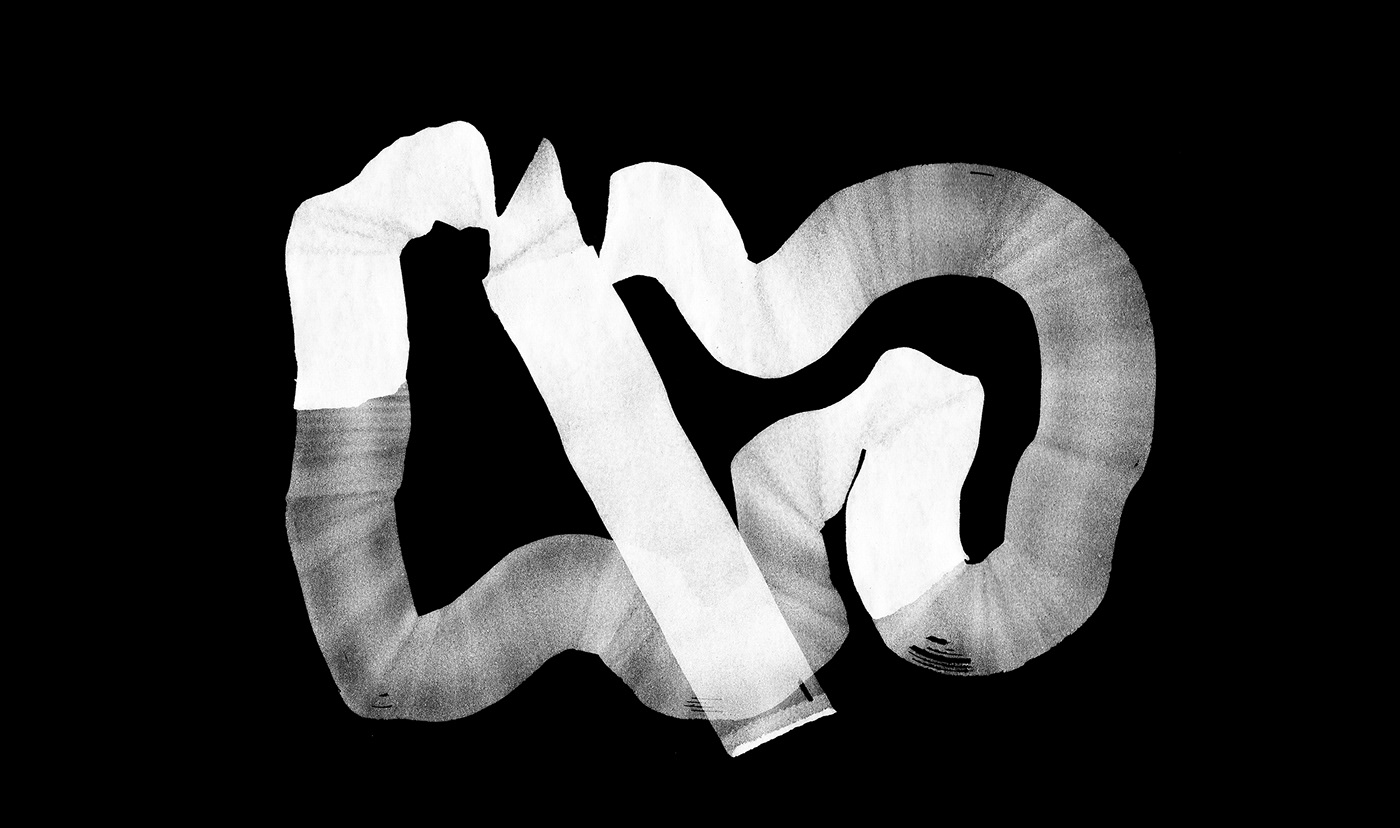
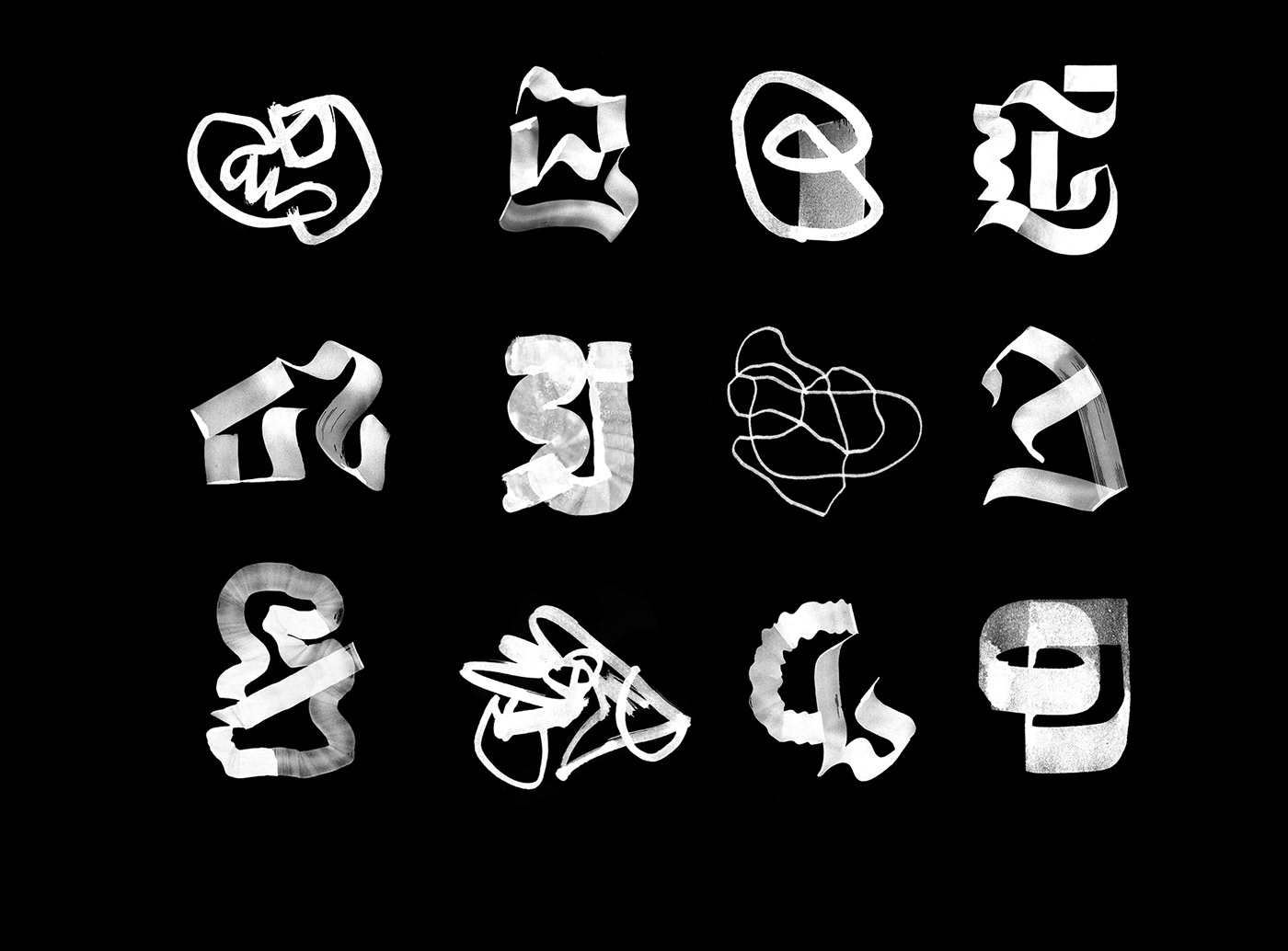
Thank you!


